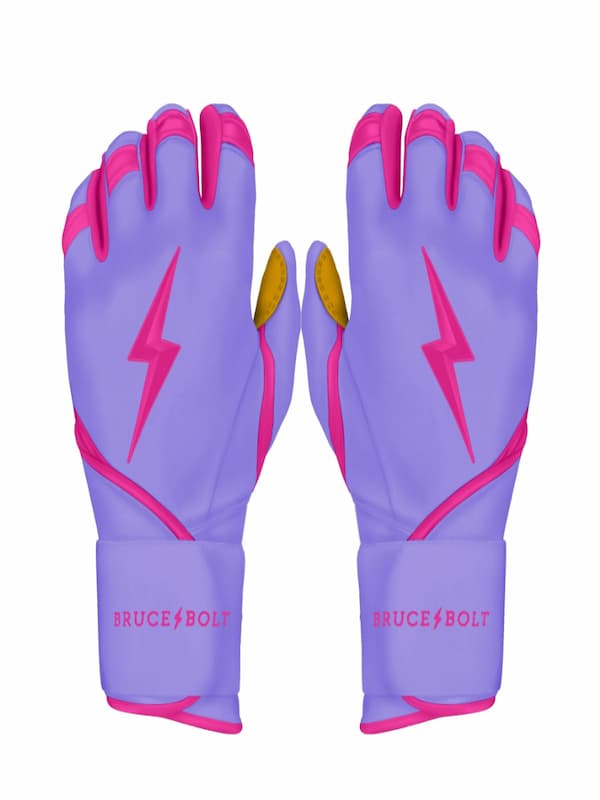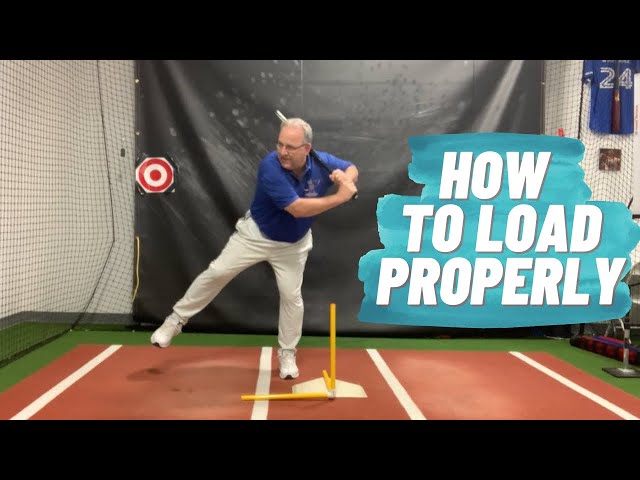Swing Down On The Baseball: What Did Barry Bonds Really Teach Christian Yelich?
Richard Schenck
In baseball, the phrase “swinging down” is often thrown around by analysts and former MLB players to describe an effective swing path, especially when discussing hitting mechanics. Names like A-Rod, Chipper Jones, Albert Pujols, and Jim Thome regularly emphasize the importance of this concept. However, while these players demonstrate it frequently on TV, there’s a deeper nuance to “swinging down” that isn’t always fully understood or explained. In this article, we’ll summarize Teacherman’s explination of the the mechanics behind the concept and explain why it matters how you execute the “swing down” motion.
The Common Demonstration of “Swinging Down”
Many hitting instructors and former MLB players offer a demonstration where they show the classic “swing down” motion. Typically, this involves shifting the weight from the back leg to the front leg while keeping the barrel of the bat “down” through the swing path. In theory, this helps players achieve a consistent, downward trajectory, making contact with the ball in a way that maximizes control and minimizes miss-hits. It’s a method often used to emphasize the importance of staying “short” to the ball and maintaining solid mechanics throughout the swing.
While the demonstration looks good in theory, there’s an important distinction between what players show in their demos and how they actually swing during games.
A Crucial Misunderstanding: Swinging from One Leg vs. Two Legs
The key critique of this demonstration is that many of these players, while discussing the “swinging down” motion, don’t fully grasp how their own bodies are moving. The reality is that when they swing down, they are often swinging from one leg—not two. While many hitters will claim they are engaging both legs in their swings, the truth is that the mechanics often favor one leg, especially the front leg.
This has significant implications for the swing path and how the barrel of the bat behaves during the swing. When a player swings from one leg, the barrel is more likely to turn upward, disrupting the clean, downward motion they are trying to achieve. On the other hand, when the swing comes from two legs, the barrel stays down, maintaining the desired path.
Engaging the Rear Hip Socket: The Key to a Stronger Swing
One of the most critical elements of an effective swing is the involvement of the rear hip socket. A high level swing involves not just the forward move, but doing so around the rear hip in the movement. This movement on and around the rear hip allows the batter to move forward while simultaneously “staying back.” Weight is not shifted to the front leg until the launch of the barrel forces the front foot to accept weight.
When a hitter understands this concept, they get one of the most valuable gifts that can ever be given to a hitter in the batter’s box, which is more time to see the pitch.
The “Keys to the Rolls”: Understanding the Full Swing Path
To summarize the key takeaway from this analysis: properly “swinging down” doesn’t just mean shifting weight to the front leg and keeping the barrel down. It’s about understanding the intricate movements that happen in the lower body and how they affect the swing path. When weight shifts forward without the rear hip’s involvement, the swing becomes compromised, and the batter loses the ability to maintain a consistent barrel path.
The final piece to this puzzle involves understanding the “keys to the rolls.” This refers to the proper coordination of the rear hip, rear leg, and torso during the swing. When executed properly, the result is a more fluid, powerful swing that stays in the optimal plane to make solid, consistent contact with the ball.
The Importance of One-Legged Swing Mechanics
In conclusion, while many MLB players talk about swinging down and demonstrate the concept on television, there’s a subtle but important distinction in how they execute it during actual games.
Swinging down effectively requires a two-legged approach, engaging both the rear hip and front leg in a coordinated motion. By understanding the difference between swinging from one leg and two, hitters can understand how to tilt from the rear hip socket and not rotate around the spine.










